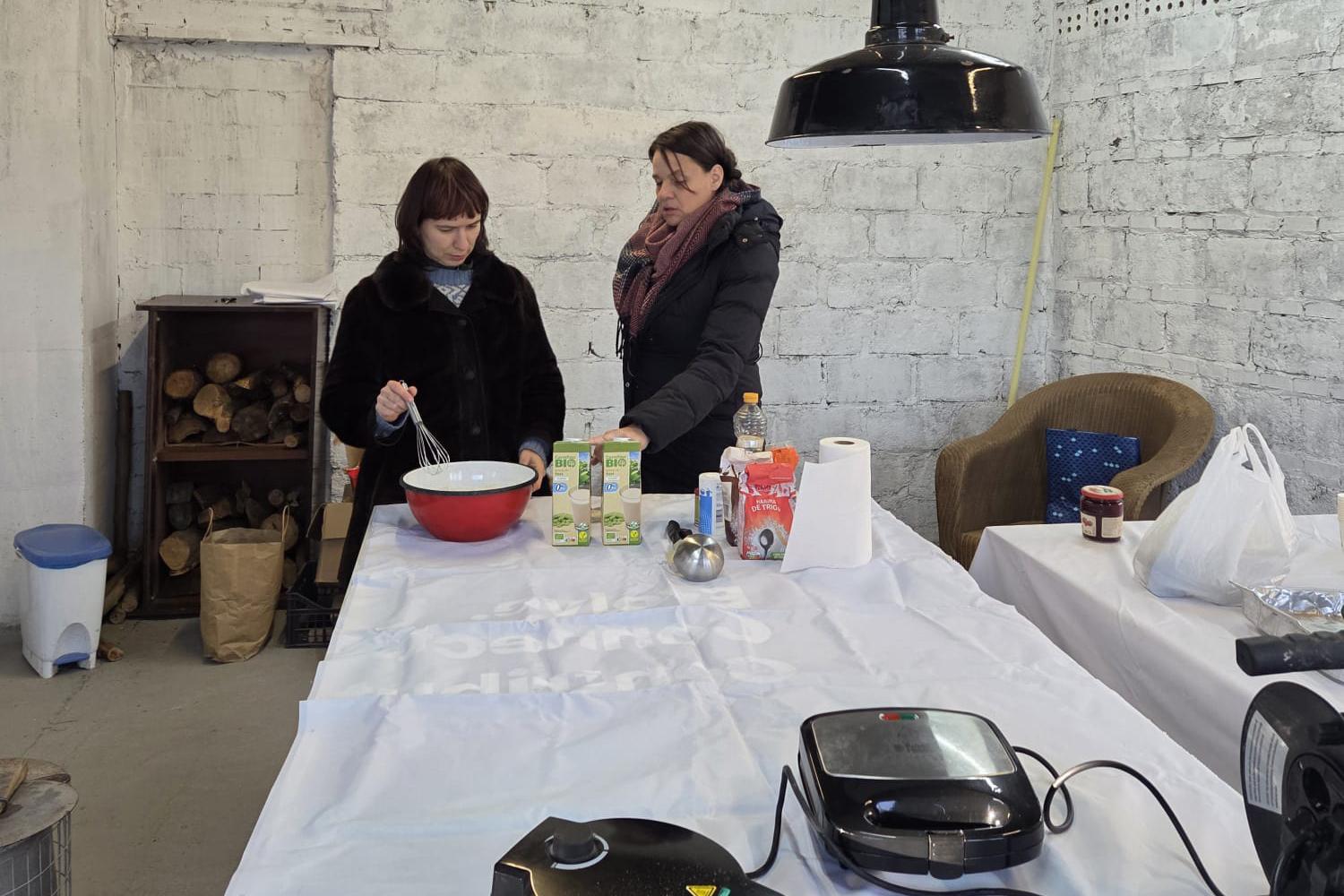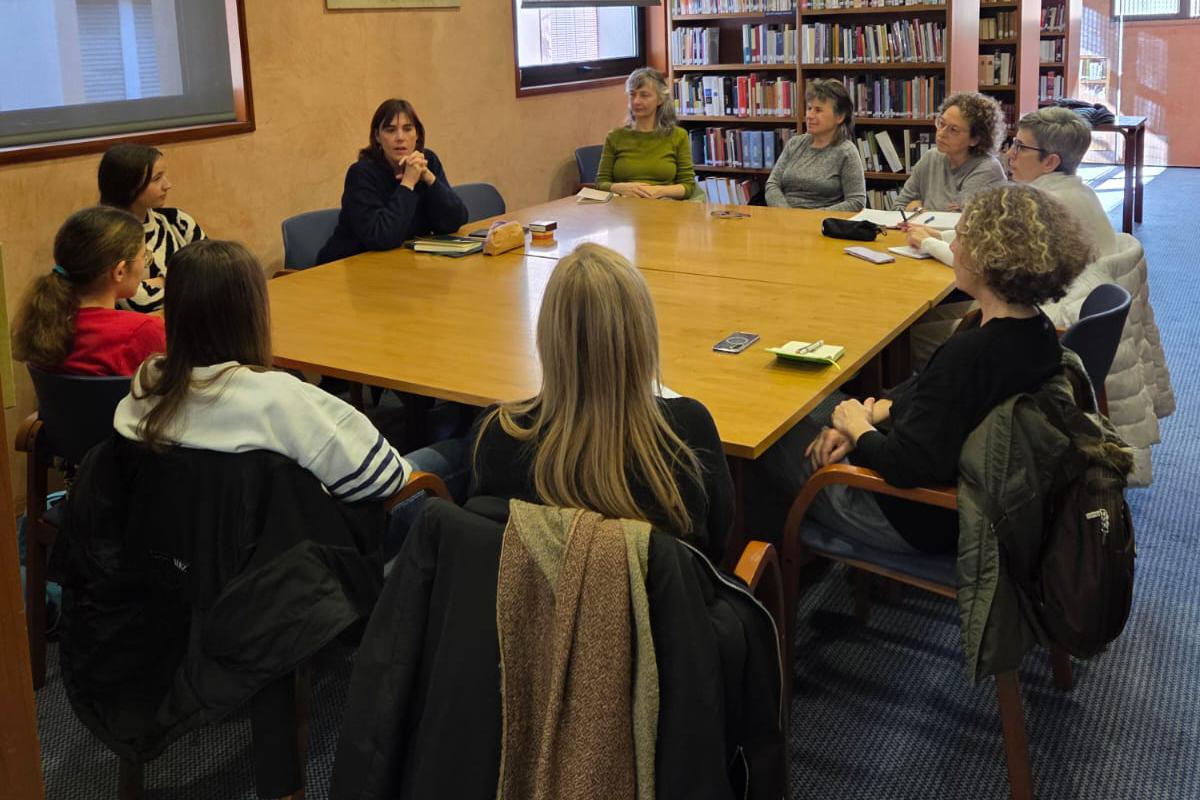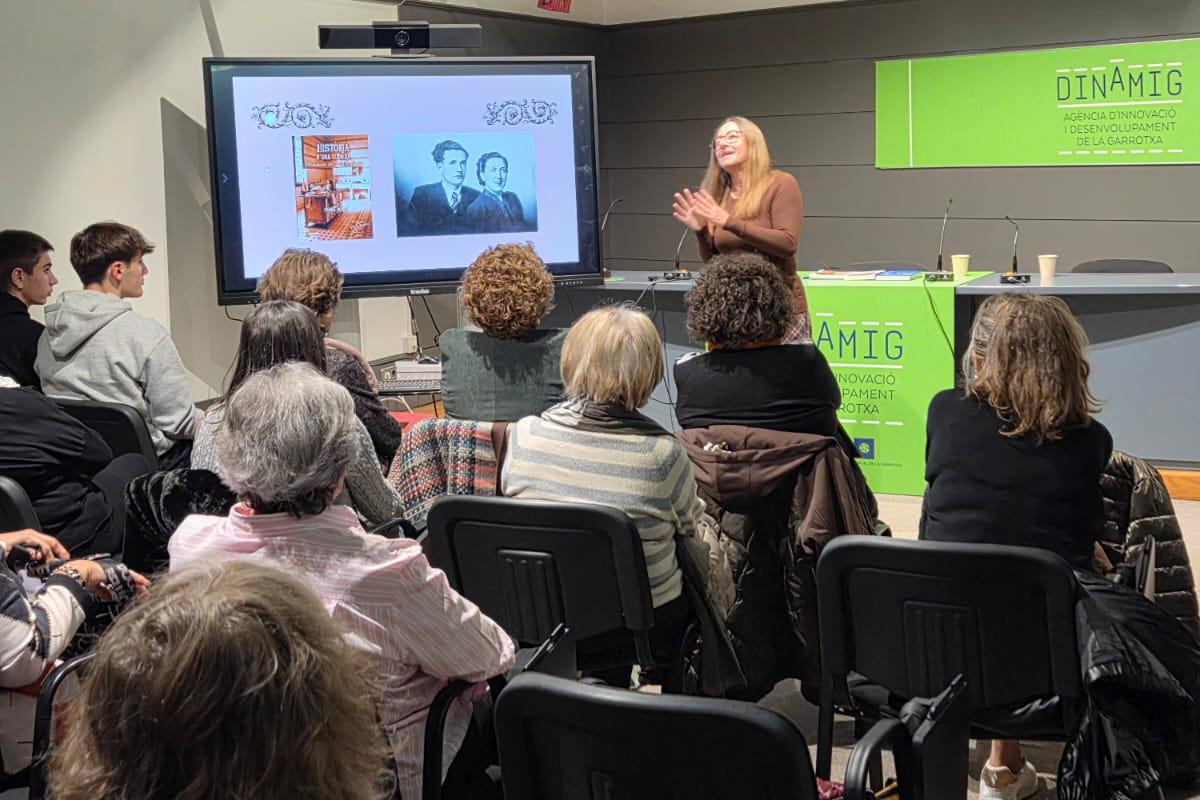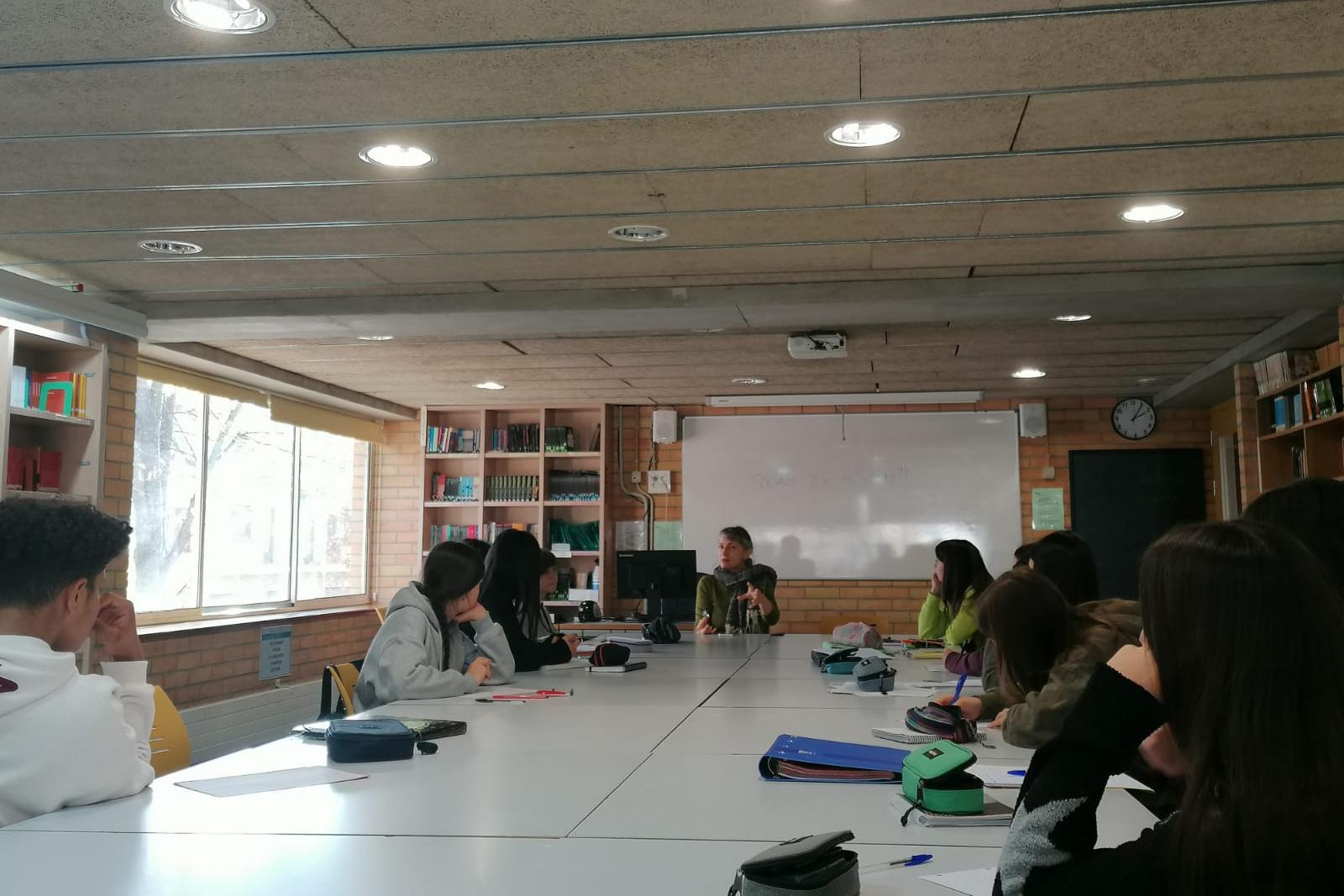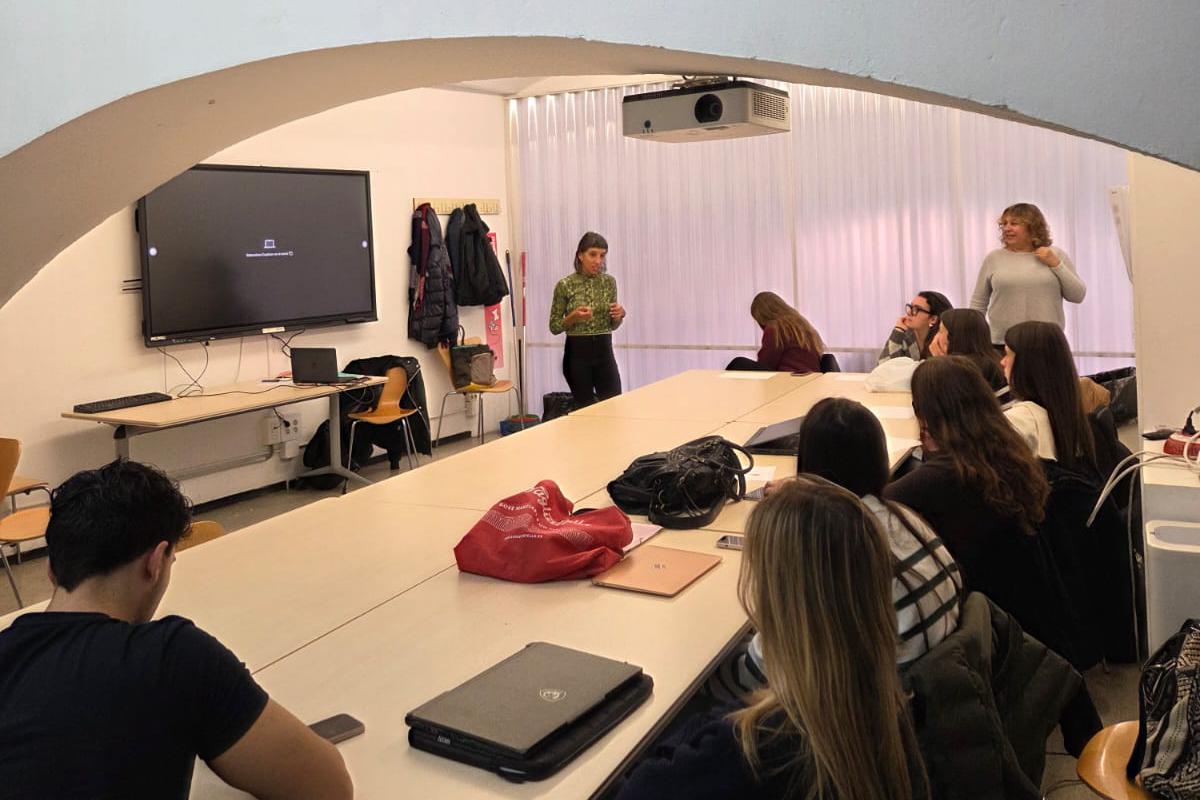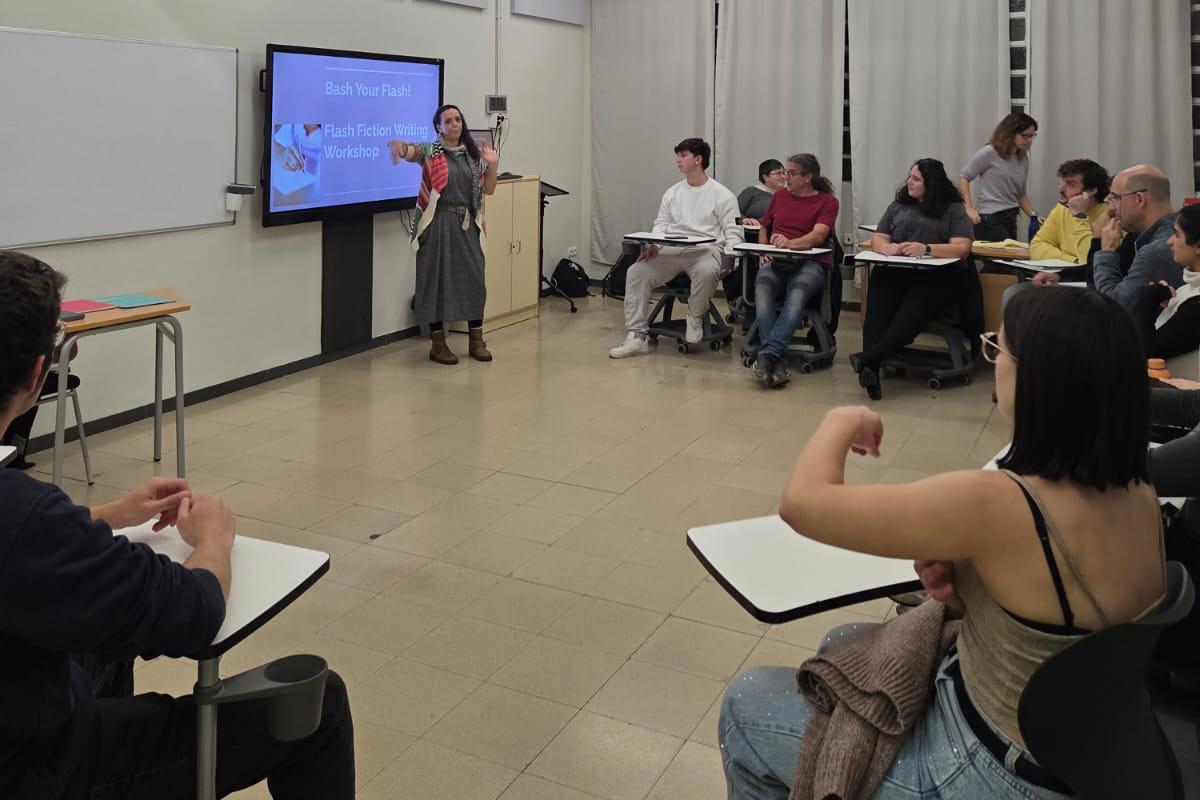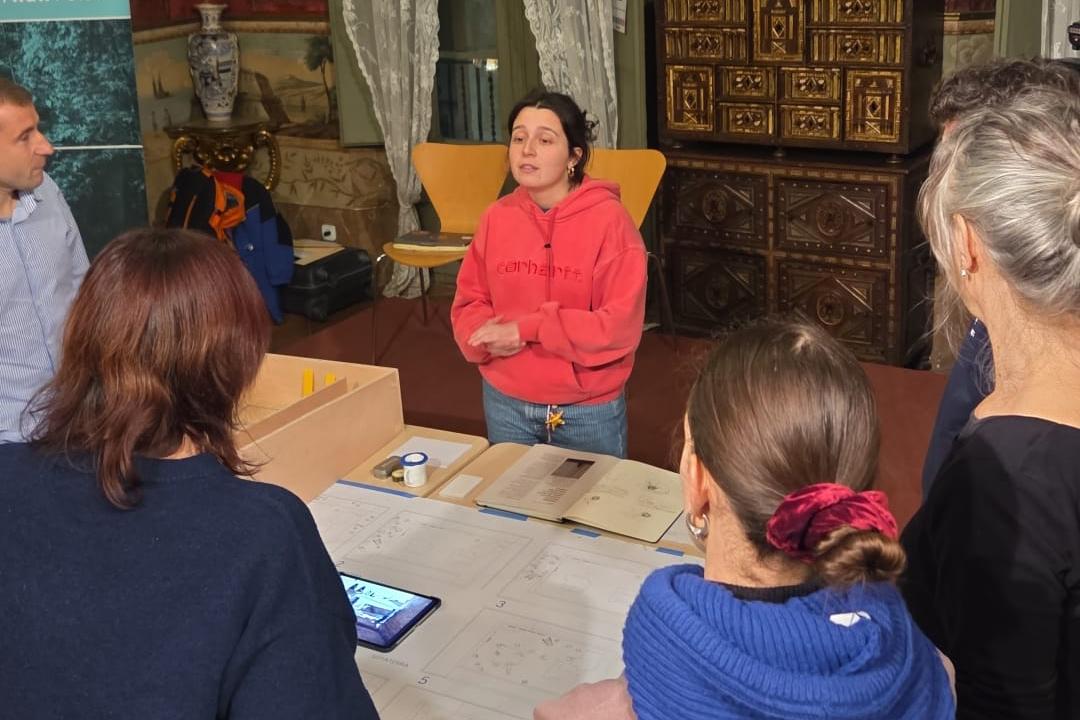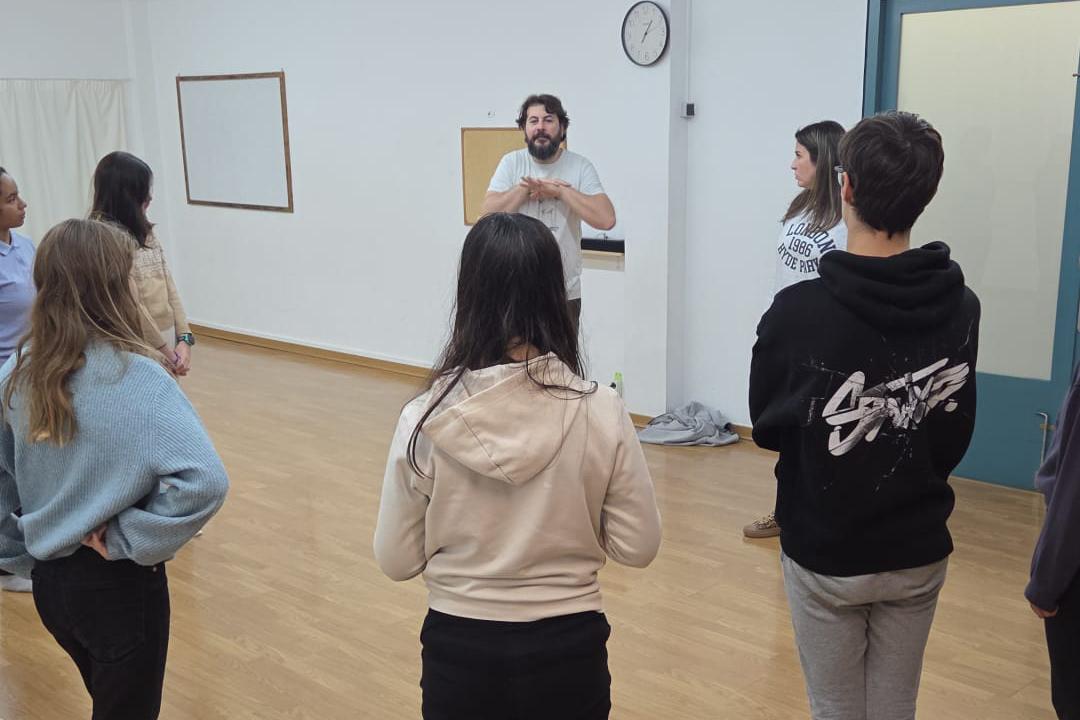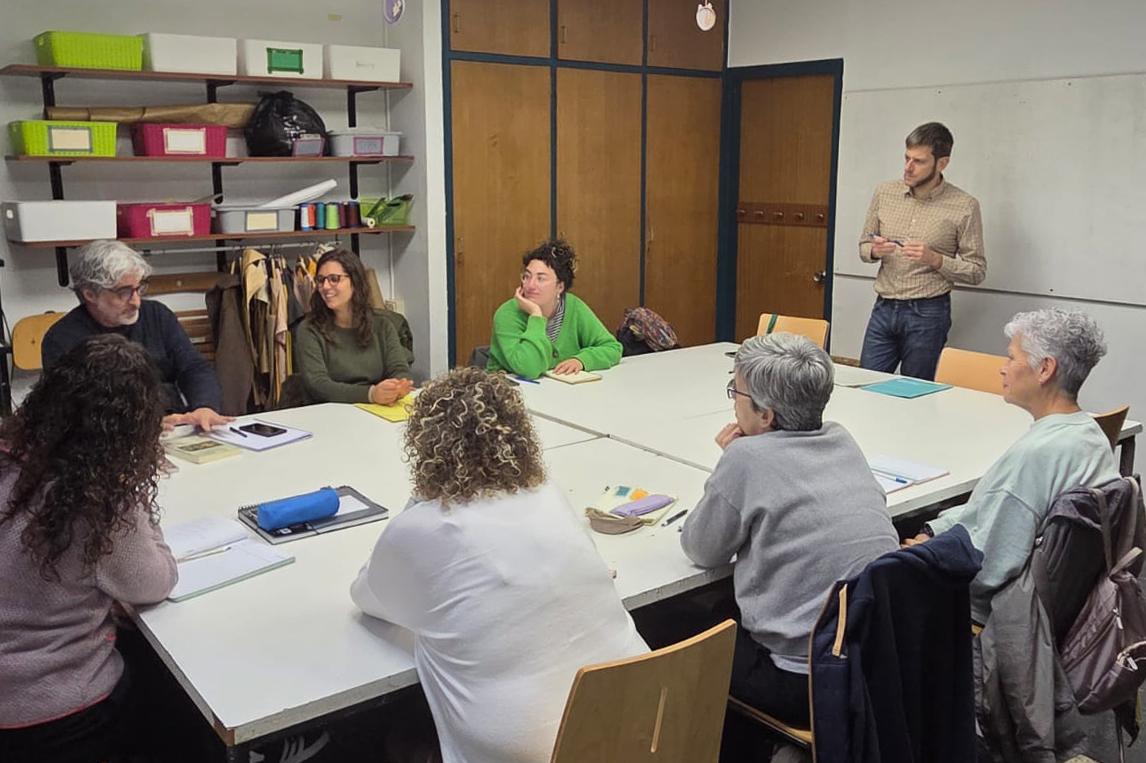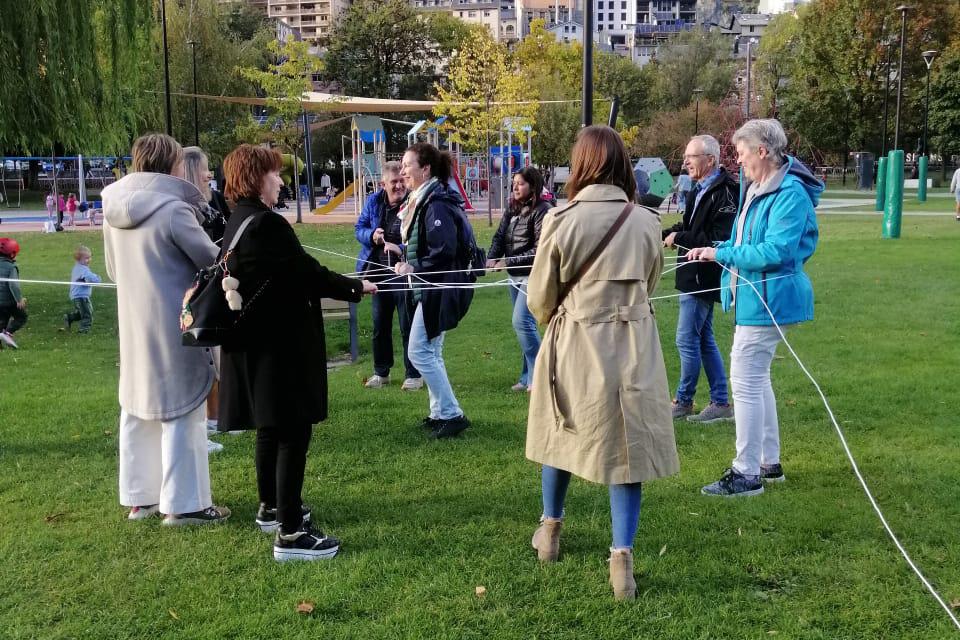The lives of mathematics
Monday, 13 March 2017 , Olot
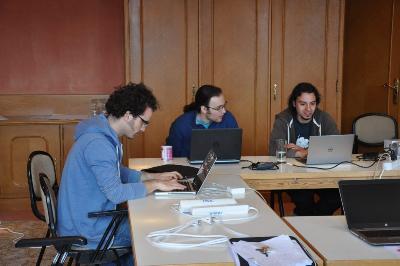
The lives of mathematics

The gap we have with some disciplines is both huge and non-existent at the same time. We live and breathe mathematics; it is in everything that we do. While I’m writing this text and while you’re reading it, thousands of mathematical formulas are at work between you and me. Each and every single pixel, every time you use the mouse to move text or swipe a finger on the screen, mathematics is at work. We don’t see it, but it’s right there.
It’s highly possible that this nearness itself is a crucial factor to our inability to see it. Our eyes are so near that they can’t find the right focal length to see it properly. Even differentiating ideas from clichés is difficult. Although it’s obvious that everything involves mathematics, what’s really important is how we relate with everything, and at the same time, with mathematics.
This is why, when Marc Masdeu wrote us to explain his project and to suggest a mathematics gathering at Faber, we didn’t even think twice. The e-mail wasn’t long, but it had some links that led to sites that were—at least for us—beyond us, and to a certain extent, complete gobbledegook. It’s of no consequence; it’s to be expected. Faber is a residence where arts, sciences and humanities have a place. This is our project and we do not want this openness to be a mere declaration of intent. Neither do we claim that we understand everything. Our role is to bridge the gap, to facilitate understanding of what is being done here, and for the most number of people to benefit from it.
After exchanging numerous e-mails per usual (requests, clarifications, organising their arrival), we were more or less clear about what they wanted to do here. The idea was to work as a group to continue creating an open-source programming language—Sage. Every year, universities and secondary educational institutions have to shell out thousands of euros for programs to use in carrying out experiments, demonstrations, laboratory work, or even something as simple as day-to-day teaching.
It makes sense, after all. Programming languages are an essential tool and the development of this tool cannot be left in the hands of companies only. Marc described it rather well, “If you have to conduct an experiment and you need a program to prove that this experiment is valid, you have to know how that program has been built. How can you validate an experiment if some part of the language that you’re using is not accessible? We have to know how these programs are made. And when they come from private companies, this is simply out of the question.”
Could we take them in? Absolutely. Provided that Faber’s procedures are followed. Could they carry out activities that would benefit students? The answer to that was also a resounding yes. They presented a whole slew of proposals that could perfectly fit into the mathematics curriculum of secondary schools and schools. One of Faber’s tasks is to act as a go-between for the residents and the institutions hosting them, and we have to say that in this case, everything went off without a hitch.
So, we set the date for 27 February 2017, a date which—this is what happens when you’re working with mathematicians—, was immediately recognised as having certain peculiarities—27, 02, 2017. But that’s another story altogether. With mathematicians, these risks are a constant. And on the 27th, they came. The first was Jean-Philippe Labbé—a Quebecker residing in Berlin (Free University of Berlin), and then Marc Masdeu (University of Warwick, United Kingdom). The rest followed soon after: Simon King (University of Jena, Germany), Thierry Monteil (CNRS, University of Paris), Aurel Page (University of Warwick, United Kingdom), Vincent Delecroix (LaBRI, University of Bordeaux), and Matthias Köppe (University of California, Davis).
As they all arrived in the afternoon, we all got together in time for dinner. The conversation went very well, because it revealed that every profession has its own weaknesses. For mathematicians (we’ll see others), one of their weaknesses—whoever would have thought?—are blackboards. Yes, indeed. This is how conversation during the first dinner revolved around blackboards. In fact, it was one of their requests many weeks prior to their arrival: “We need blackboards”. Evidently. From here on, remember that there’s a whole world of blackboards out there. Chalkboards or whiteboards? Chalkboards, of course. Chalkboards. Whiteboards are fine, but there’s something about blackboards… What’s more, it seems that there are whiteboards with a chalkboard effect so that whoever is using markers will feel as if they’re using chalk instead. Now, talking about chalkboards is like opening a can of worms. Blue? Green? Black? No, black has fallen into disfavour, even though there’s now a special greyish paint that makes it possible to turn any surface into a blackboard. From here, there are blackboards that can be raised and lowered, that can be hidden from others; research institutes where literally the entire room—including the door—is one giant blackboard. There are research centres with continuous blackboards… And what about chalk? There’s a chalk made in Japan that apparently writes like a dream.
Working together is stimulating. The residents get together in the conference room. There are two whiteboards, a projector, and a large square table. Nothing else was needed; with the computers and time zipping by, they had more than enough. Over those days, we learned the importance of having cooperative and collaborative projects. It is very important for projects such Sage to move forward. They are democratic projects that try to place tools to develop other projects within everyone’s reach. This is what open source means—a language that everyone can use with no need for patents. Thierry Monteil was talking about this, while describing the databases containing scientific articles that are paid with public funds. University article databases—many of which have been created through everyone’s efforts—require payment, even from the authors themselves. When talking about shared knowledge, we are really talking about this. And this is why it is important to have research groups that can create new languages, new programs, and new work methods within everyone’s reach.
Over the next days, the others trickled in: Vincent Klein (LaBRI, University of Bordeaux), Andreas Paffenholz (Technical University of Darmstadt, Germany), Marcelo Forets (VERIMAG, Grenoble Alps University), Julian Pfeifle (Polytechnic University of Catalonia), and Moritz Firsching (Pierre and Marie Curie University in Paris).
Everyone works on the same project, but this in no way means that they are only working on this project. They have many others, but this is the one that brought them all to Faber. Work dynamics at the residence change a lot depending on the group that arrives and on the projects that each of the residents are working on. In this case, it was a mix of individual works to be shared with the rest of the residents and also group work on the network.
These days have been very intense indeed. There has also been time enough to go and see the volcanoes, to walk through the beech forest of La Fageda, etc.—but always within a strict schedule amidst polytopes, equations, formulas, and all kinds of lines of code.
We’ve obviously been able to do a lot. This is one of Faber’s goals—one of the priorities. The importance of these periods of residence lies in how we can give back. With the title “Domesticant l’atzar (The Taming of Chance)”, the mathematicians—Faber residents since Monday, 27 February—talked about what it means for a sequence of numbers to be random and how difficult it is for humans to simulate the behaviour of something as simple as playing heads or tails. They have also tried to make us see how we can study phenomena such as random walks and discover the order hidden behind seeming randomness. The talk by Marc Masdeu, Jean-Philippe Labbé, and Vincent Delecroix was of great interest for the students of the Institut La Garrotxa. It wasn’t the only talk that they gave. Afterwards, it was the turn of the students of the Escola Petit Plançó and the Escola Pia of Olot.
At the Petit Plançó, Julian Pfeifle and Marc Masdeu gave an overview of some fields of mathematics. They also talked about their own experiences and personal views on the work of mathematicians in general. With regard to mathematics, they talked about basic concepts behind the different sizes of infinity. To the teachers, they suggested some classwork on the reason why there were as many rational numbers (fractions) as natural numbers (0, 1, 2, 3…), bearing in mind that there are infinitely more real numbers. At the Escola Pia, using a plant as an example, Simon King showed the spiral pattern of the plant’s leaf arrangement. The students investigated the parameters of the spiral shape using some grass collected from a nearby field. Marcelo
Forets also handled a part of the class. The aim of the presentation was to provide a mathematical explanation for the pattern observed.
The last dinner was held in the company of Ramon Masià—mathematician and philologist. Ramon translates Archimedes for the Bernat Metge Foundation. In the book that he brought with him, there were all kinds of geometrical figures that the resident mathematicians recognised as their own. We talked about it for some time—the evolution of mathematics, the methods used to prove itself, to verify itself, and to continue on. Archimedes and the SAGE language share many things in common—the most important of which is the willingness to create shared knowledge that is verifiable.
Finally, the mathematicians left. The residents for the dance gathering will soon arrive. Such is the way of things at Faber. Imagine a train passing by, with its railway carriages full of residents, activities, and audiences. Railway carriages that pass by. The dancers, choreographers, and dance critics will perhaps talk to us about the stage, instead of blackboards. We don’t know this yet. One of the wonderful things about this place is that there’s always room for the unexpected. Such is the way of things in the world as well. And at Faber, the whole world is here. It couldn’t be any other way.


